Episode 58: On Horse Brains, Human Brains & Brain-Based Horsemanship with Janet Jones, PhD11/11/2020
Episode 58: Welcome to the Equestrian Author Spotlight podcast! In each episode, you’ll hear inspirational stories from horse book authors including writing advice and marketing tips to help you write your own horse book. If you are an author, aspire to be an author, or simply love horse books then you are in the right place!
In this week's episode, you'll meet Horse Brain, Human Brain author Janet Jones. You'll learn ...
Watch Janet Jones' Interview on YouTube!Or listen to the audio only version.About Janet Jones, Ph.D.
Janet grew up in Arizona where kids rode ponies to each other’s houses and hopped bushes in the desert for fun. For years, she lived at a 60-horse barn, riding under the supervision of two trainers. Most of their mounts were young or difficult—a diverse influx of babies who didn’t know the human world yet and bad actors no one else wanted to handle. Janet schooled seven or eight of them a day and taught beginning riders. She also showed some of the more advanced horses, eventually qualifying for the US Olympic jumper program.
After a head injury, Janet began reading about brains, eventually earning a Ph.D. from UCLA in cognitive science. Don’t worry: “cognitive science” is just a fancy phrase for figuring out what happens inside normal noggins on a regular day. Janet's research on human brain function won UCLA’s Gengerelli Distinguished Dissertation Award in 1989. The following year, it was a national finalist for the New York Academy of Science’s award for the best psychology dissertation in the United States. Since then, Janet has written for a bunch of scientific journals and some popular horse magazines. Her first book Understanding Psychological Science, and its companion Instructor's Manual, were published in 1995. Three years later, The Psychotherapist’s Guide to Human Memory came out. Horse Brain, Human Brain is her fourth book. Janet taught the neuroscience of human perception, language, memory, and thought to college students for 23 years. There’s nothing quite like describing the innards of a neuron to bleary-eyed 18-year-olds at 8:00 in the morning. She had to learn how to explain brains in simple interesting ways that would at least keep these kids awake. That plain language helps her apply brain function to horsemanship today. Horses and brains fully converged in 2014, when EQUUS magazine began to publish Janet's writings on brain-based horsemanship. She had left her position as a tenured full professor and opened a training business for horse-and-human teams. It included beginning to advanced horsemanship in both Western and English disciplines. The business allowed Janet to study on horseback how to best apply detailed principles of brain function to the mutual interaction between horses and riders. Janet Jones Podcast Interview Excerpt
Carly: You earned your Ph.D. from UCLA and taught the neuroscience of perception, language, memory, and thought for 23 years. Today, you apply brain research to the training of horses and riders. Horse Brain, Human Brain: The Neuroscience of Horsemanship is your fourth book. Tell us about your book and what compelled you to write it.
Janet: When I returned to horse training after decades studying human brains, I could see that many horse/human problems were based on a misunderstanding of the equine brain. I began writing articles for Equus magazine on a small examples of these misunderstandings, and readers sent lots of positive feedback asking for more. I began writing the book itself in October 2018, setting out a plan that later had to be cut in half because it was so long. So, this first book contains 20 chapters on various aspects of the equine and human brains attempting to work together. It includes the brain function for vision, hearing, smell, taste, and touch. It goes into the evolution of both brains, general brain processes that differ, methods of learning, use of negative reinforcement and reward, attention, emotion, and forethought. Along the way, I’ve included lots of true stories about horses and riders I’ve trained using the principles of brain-based horsemanship.
Carly: How did you research your book?
Janet: Most of the research was already in my head from a lifetime studying and teaching horses and brains. But of course, I cited all my sources in the book, which contains about 20 pages of source notes at the end. These include studies from medical science, neurology, and cognitive science for the human brain; veterinary science for the equine brain; and equine science to help pull it all together. Horse and Human brain interaction is my own, almost nothing written on that. And much of the research is very new—for example, the first precise brain image on a horse wasn’t published until April 2019. Carly: Throughout the book, you share true stories of horses and handlers attempting to understand each other—sometimes successfully, sometimes not— to help illustrate the principles. Would you share an example of a team working successfully together (or not so successfully) based on the principles in your book? Janet: It would take another hour to do that, but I can give you a brief example that plays into the success of the team. Categorical perception is a higher-order brain process that organizes the sights, sounds, and smells of the outside world. Human brains automatically group instances together, which skews us toward stereotyping and generalizing, Horse brains do not automatically group items—each instance is processed separately. So your horse doesn’t mind seeing mud boots standing in the barn where they always are, but he shies at the same boots out by the water trough because that is a new different instance. If you know that your brain has more categorical perception than his, you will be able to better anticipate which sights or sounds will frighten him… and you’ll be more likely to stay in the tack when he shies, or eventually teach him there’s no need to shy. Both of you will build trust in each other.
Carly: Horse Brain, Human Brain sheds new light on how horses learn, think, perceive, and perform, and explains how to work with the horse’s brain instead of against it. Is there a message you hope readers take with them after they finish reading your book?
Janet: Yes! Horse and human brains are very, very different. What we see or smell is not the same as what a horse sees or smells. We don’t learn like they do, and they don’t reason like we do. Let’s honor these differences instead of ignoring them.
Carly: Horse Brain, Human Brain is published by TRAFALGAR SQUARE BOOKS. How did you end up deciding to traditionally publish? Tell us what it has been like working together?
Janet: All my books have been traditionally published, and each has been mostly a positive experience. I like to WRITE (create, compose, revise, polish) so I like having a publisher to help with all the other stuff that makes a book. Working with Trafalgar has been a wonderful experience; my editor and managing director are helpful, encouraging, knowledgable. Carly: Do you have any advice for aspiring authors? Janet: People often ask how to learn to write well. I’d advise: read deeply, practice writing several hours daily, get feedback, remember the reader is always right. If a reader says some passage is confusing, it is. There will be much encouragement to give up (rejections, friends who want your time, low income, very hard mental work, near constant solitude, people who don’t want you to succeed, extremely delayed gratification). If you don’t like the process of writing, stop now and find another occupation. But if you do like the process of sitting alone and wrangling words all day long, DON’T GIVE UP. Carly: How do you reach your readers? Janet: My articles in EQUUS magazine allowed me to build an excellent group of readers. My publisher has extensive mailing lists to equestrians all over the world, and they sent the book for review to some of the very top people in the horse world who then told their clients about it. Facebook, my website, and my blog have helped. Also, the horse world is relatively small, and most of us welcome each other—so I feel comfortable introducing myself to other horse handlers. Carly: What is the hardest part about being an author? Janet: Sitting still in total silence for 6 or 8 hours every day is something most people don’t want to do. I happen to like it as long as I still have time to get up and exercise or ride at some point. Carly: What is the best part about being an author? Janet: Creating something meaningful out of the space inside your head. Carly: What’s next? What are you curious about right now? Janet: I always have another book in mind, and I’m champing at the bit to get to work on the next one. Connect with Janet Jones
Website: www.janet-jones.com
True Training Blog: www.janet-jones.com/blog Facebook: https://www.facebook.com/Janet-Jones-Horse-Brains Trafalgar Square Book Page: www.horseandriderbooks.com New Episodes Each Week!
Make sure you never miss a show by subscribing on YouTube or Apple Podcasts. This podcast is made possible by listeners like you. I appreciate your support!
Thank you for joining us this week on the Equestrian Author Spotlight podcast I hope you enjoy these Q&A sessions with wonderful equine authors who love all things horses and writing just like me. If you are an author who writes about horses and would like to be spotlighted please let me know. Visit my contact page to fill out a request. I'd be happy to have you on the show, too. Want a free guide to secrets of horse book authors? Gallop over to https://www.carlykadecreative.com/wisdom.html and join the Equestrian Author Spotlight email list to have the author advice resource delivered instantly to your inbox. About Your Host Carly Kade
Carly Kade is an award-winning independent author, horse owner, creativity coach, and the host of the Equestrian Author Spotlight Podcast. She helps fellow writers start, grow, and expand their author careers. Creative writing makes her spurs jingle!
Carly's award-winning In the Reins equestrian romance book series was written with horse lovers in mind, no matter which discipline they ride. The horses are as vital to moving the story forward as the human characters are. These books are perfect for poolside reading, taking to the beach, or settling down with after a day of horseback riding.
Please note: This post contains affiliate links. If you choose to buy any books featured, I will receive a small commission at no extra cost to you. These affiliate purchases help with the upkeep of the podcast. Thanks for your help keeping this site running!
Comments are closed.
|
Books by Carly KadeBook TrailerAuthor InfoCarly Kade writes for anyone who loves horses, handsome cowboys and a great romance. Creative writing about horses makes her spurs jingle! Archives
October 2023
Please note: This website may contain affiliate links. If you choose to buy any books featured, I will receive a small commission at no extra cost to you. These affiliate purchases help with the upkeep of the podcast. Thank you for your support in keeping this site running. |
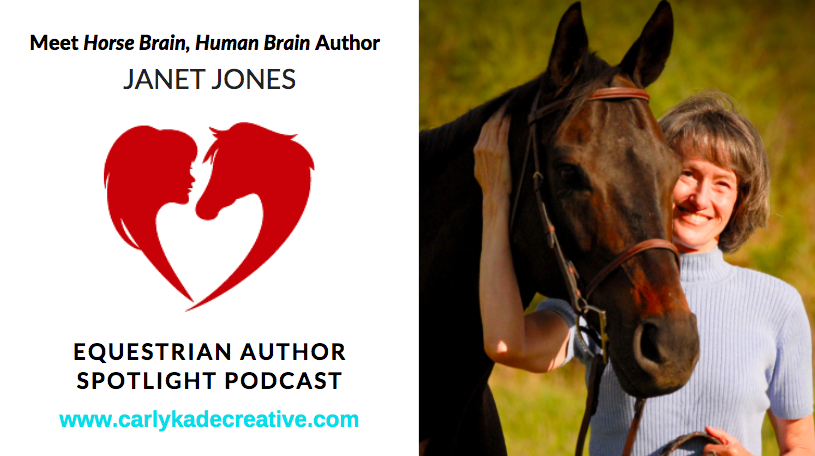

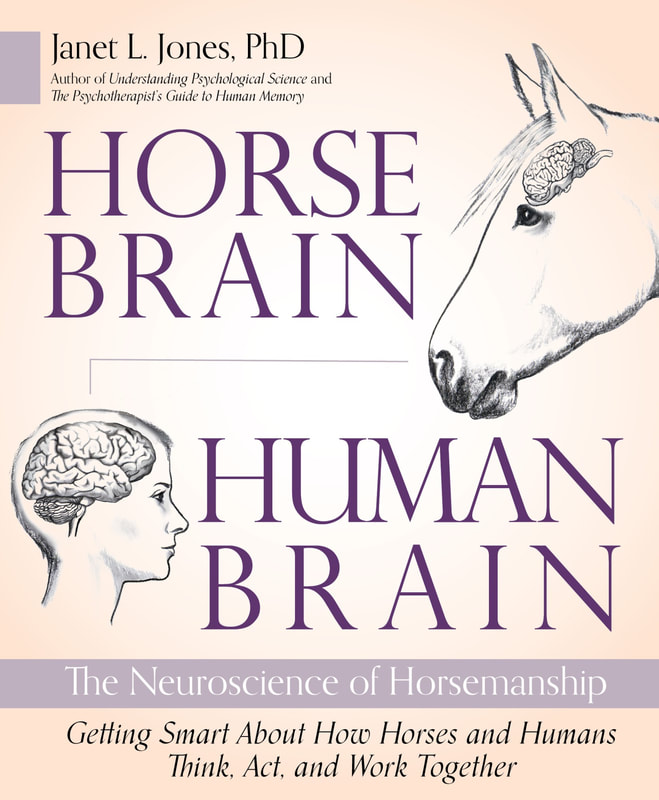
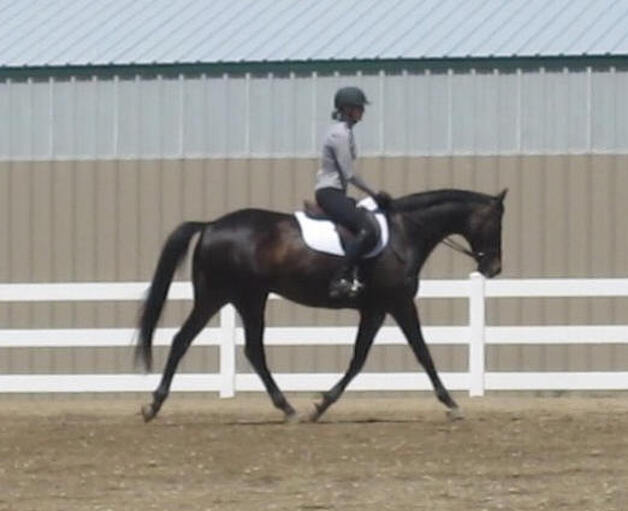
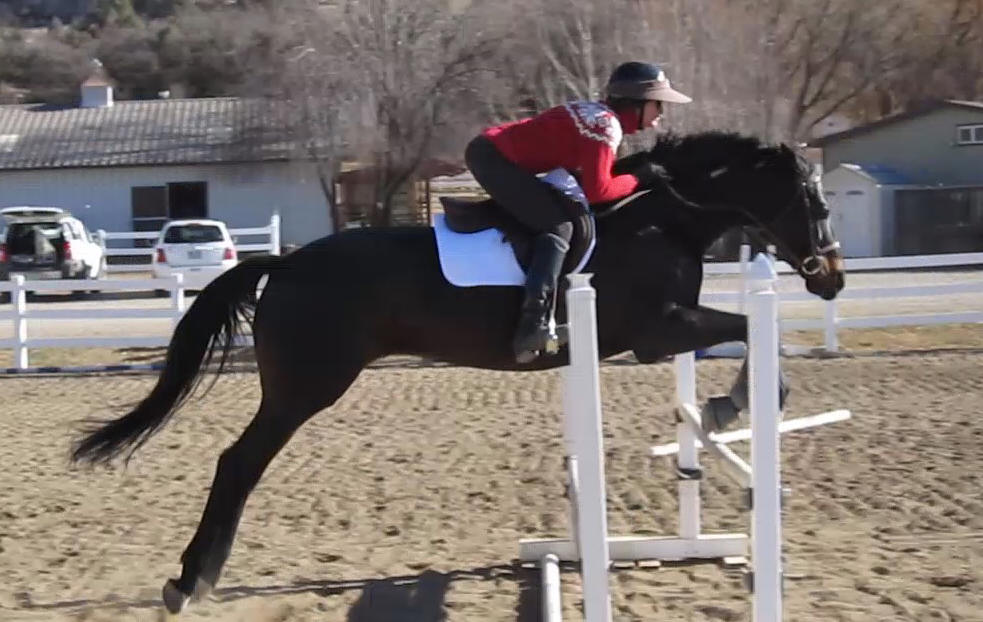
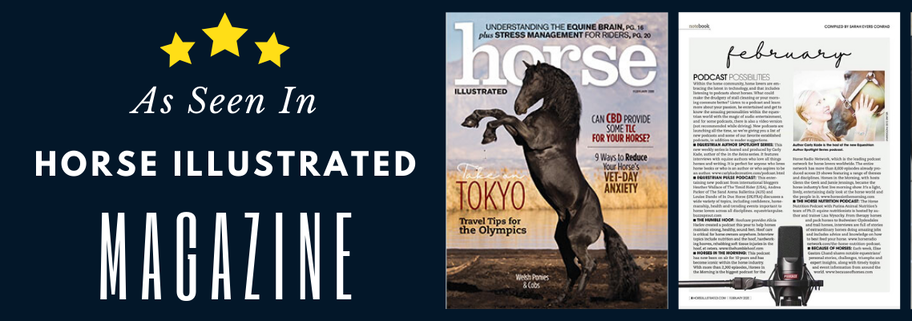
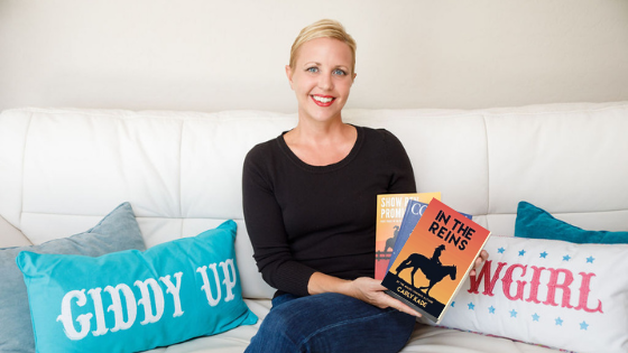
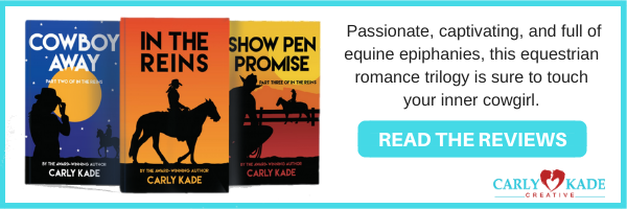


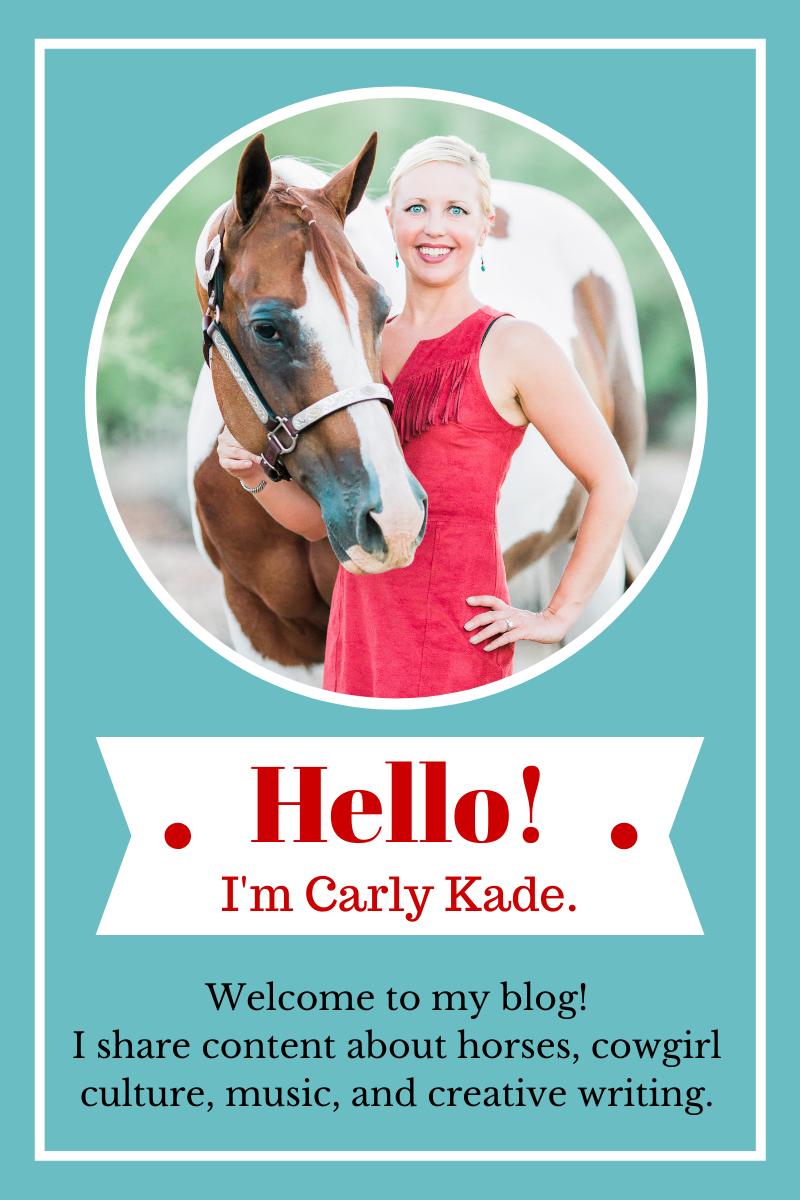
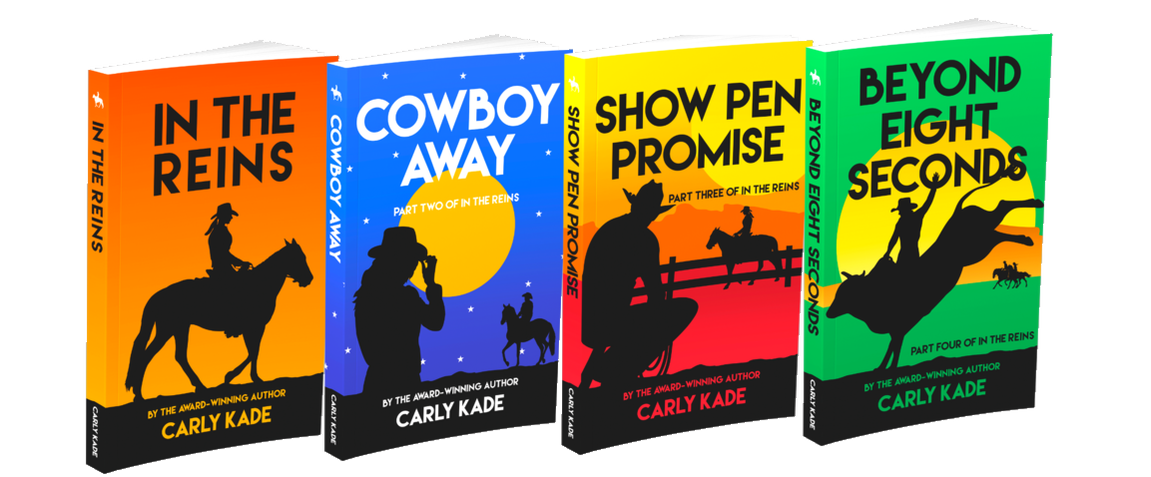
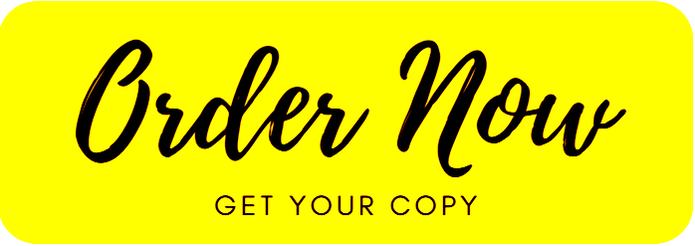
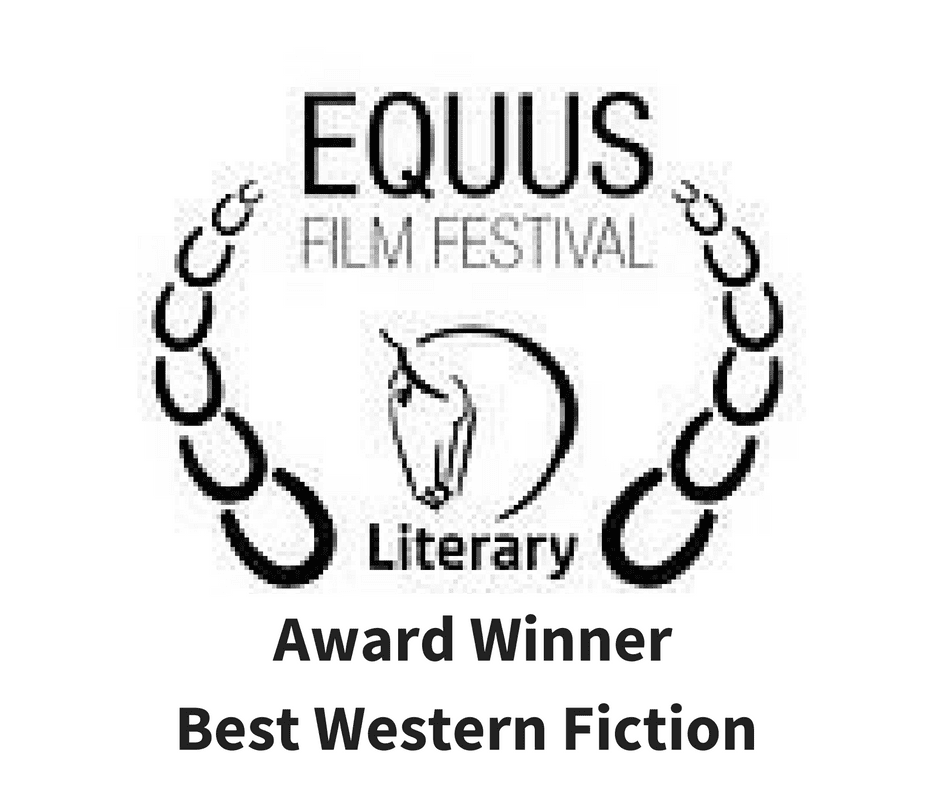
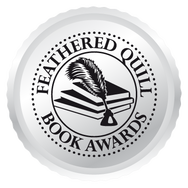
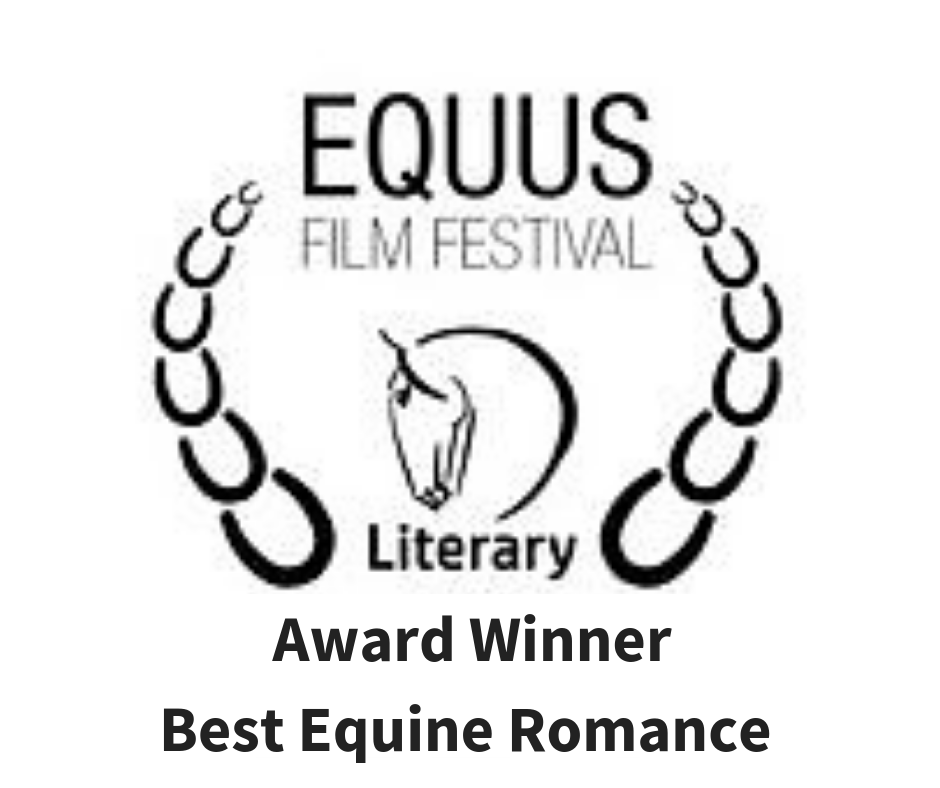
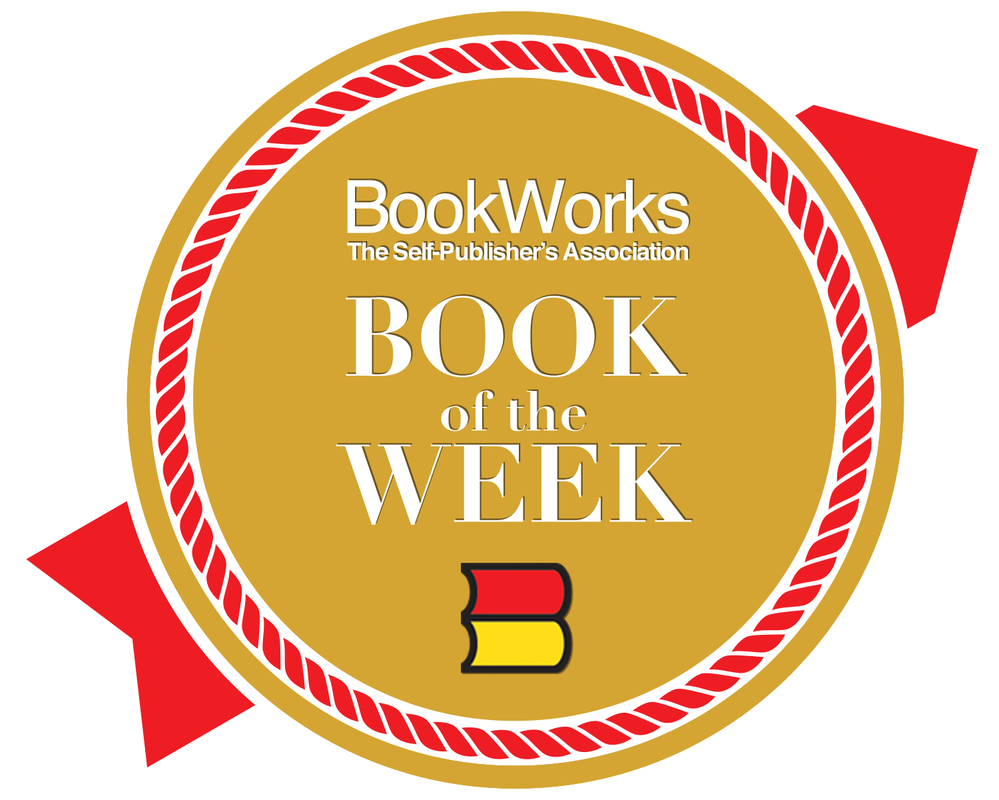
 RSS Feed
RSS Feed